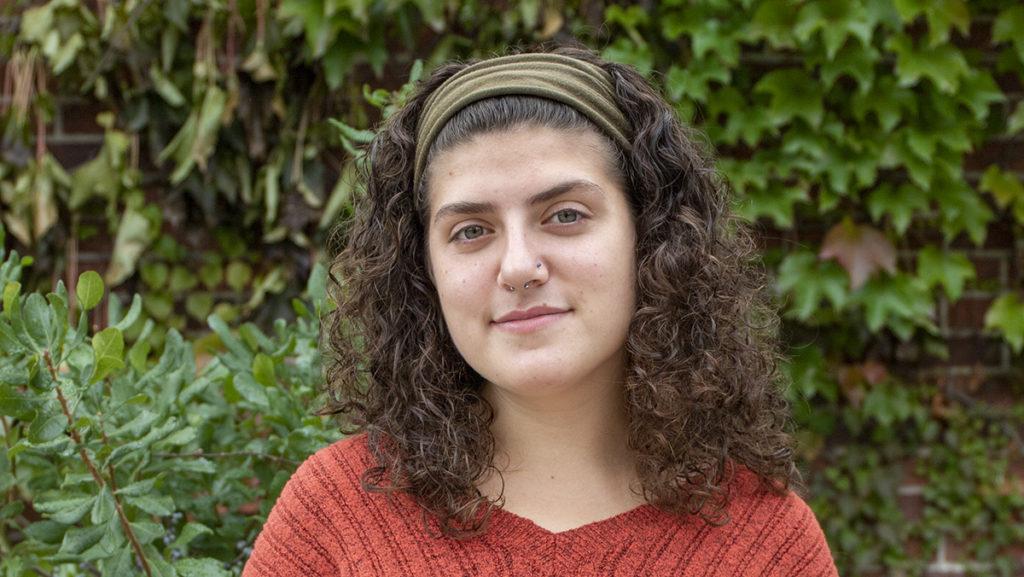Who decided to follow the baby calf’s actions and first milk a cow? What was going through the mind of the world’s initial sailor as he jumped onto his barge and hoped it would float? Or, my personal favorite, how did that one great caveman or woman decide there might be some point in rubbing two sticks together?
These questions about three of our greatest innovations- dairy, boats, and fire- were not floating through my head during something like a philosophy class. They were actually my internal dialogue as I enjoyed a slice of Peppers and Pepperoni at American Flatbread in Burlington, Vermont.
In the past one hundred years, pizza beat out the quiche, filled naan, and falafels to become the world’s most beloved bread-based food. So I decided to research how someone came to put cheese and tomatoes on bread.
What we know as pizza supposedly originates from Naples, Italy (Napoli’s in downtown Ithaca, anyone?) in 1889. Pizza maker Raffaele Esposito was said to have welcomed Queen Margherita of Savoy, the Italian ruler, to his city with a flatbread covered with tomatoes, mozzarella cheese, and basil, in honor of the colors of Italy’s flag. This was probably the first time this dish of the poor was covered in cheese and served to someone of higher rank (and how margarita pizza got its name).
After its popularity increased at home, joining pasta as the signature national dishes, pizza spread to the United States with Italian immigrants. Today, the word is in every language. It’s not just a draw for fat Americans, like the “chaseberger” on an otherwise completely native menu, but something that locals have made their own from China to Peru.
As much as I love my brick oven-baked Vermont pizza with organic toppings, I would love to go back in time to Esposito’s Pizzeria di Pietro e Basta Cosi and try a slice of the first ever pizza. I would tell him not to change a thing.






